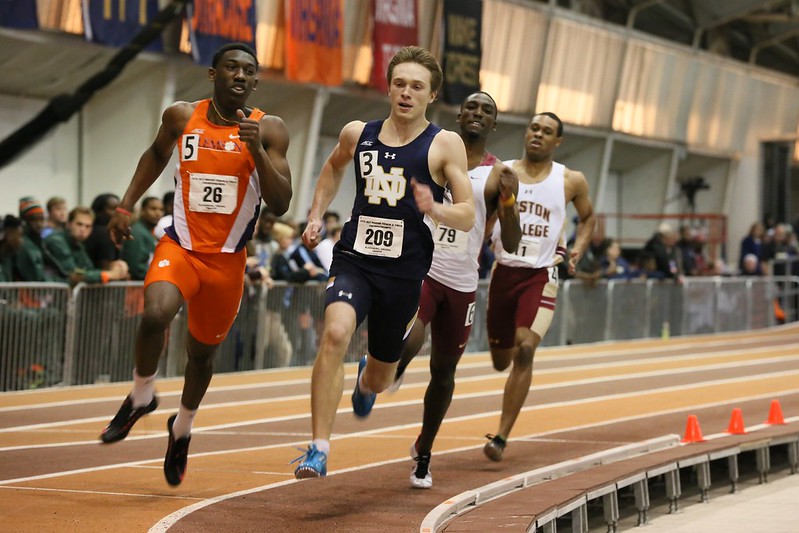Clemson's Director of Athletics, Dan Radakovich, may have paid more attention to track & field over the last few months than in all his previous years on the job.
Radakovich announced the end of the men’s track & field program a few hours after the College of William & Mary announced they would restore all cut sports, including men’s track & field. In announcing his department’s decision, Radakovich made it clear: “the decision is final.” He doesn’t want to hear from the consultants, the pop-up fundraising shops that will have filed their 501(c)3 paperwork by Monday morning, the alumni boosters, the women’s team or any other component of the turnkey “save our track & field program” activism. The decision is final: Clemson’s men’s track & field program is gone, and no one is bringing it back.
By closing off debate and appeal, Radakovich is forcing track & field to answer the question: What else have you got?
Other athletics directors moving towards cutting track & field - and there are, and will be, others - will be keen to include the Radakovich clause in their announcements after watching the process of outcry and walk-back play out at Brown, the University of Minnesota and William & Mary. They may be quietly tipping their hats to Radakovich for validating the pique any athletics director must feel at being told they are paying insufficient attention to diversity & inclusion. What is a college administrator’s job if not paying scrupulous attention to the spirit of D&I and the letter of Title IX?
Without having to weigh offers of donations and the threat of solidarity strikes as leverage for their appeals, athletics directors like Radakovich can move right along to reshaping their departments.
Left out of the process and cut out of the institution, the track & field team, coaches and alumni boosters will have to do the same, but to what will they move right along? Those agitating for schools to restore their cut programs have used every argument except the one that would have precluded the cut from happening in the first place: operating track & field in such a way that it would be missed by the department’s accountants and the school’s fans.
Not a single movement to restore a cut track & field program has offered anything substantive to the school in return. Covering costs through more donations? If the universities wanted more donations, they’d have stuck their hands out. Besides, William & Mary took the surprising step of cutting (before restoring) at least one endowed sport.
No one pressuring a school to reconsider its decision has presented anything the program or the sport can do to ameliorate the reasons the school viewed it as expendable. They argue for schools to restore track & field’s status quo permanens: a large program that doesn’t make money, but that doesn’t matter, and is not very popular, and that does not matter either. And because those things don’t matter, they’re damn well not going to do anything about them. “We’re not the problem, you are.”
As we wrote yesterday, track & field needs to take control of its own survival so that it does not have to justify its ongoing existence at every budget cycle. Today, that pressure is even greater as Dan Radakovich has said that if you haven’t given collegiate track & field an independent existence yet, you’re not going to start now.
MORE: TRACK & FIELD MUST MAKE ITS PEACE WITH MAKING MONEY
For at least a decade, collegiate sports has been in a cold war with reality. For track & field, the coronavirus-induced shutdown turned that war hot in places like the University of Akron, Central Michigan University, MacMurray University, Rollins College, Johnson & Wales, GW, Brown, Minnesota, the College of William & Mary and now Clemson. As much as I despise the term “new normal,” the old normal was not sustainable. The market corrections we’re seeing now may, for the first time, establish an actual normal as the *shudders* new normal.
If collegiate track & field - from individual programs to the whole edifice - is worth saving, it will need to prove itself de novo. Demanding a return to the conditions that brought athletics directors to the point of cutting the program will turn the sequence of cut-outcry-restore into a cycle.
And if it can’t be saved, will the energy and money behind these movements turn towards something more productive, or is it earmarked exclusively for athletic irredentism?
Either way, the question stands: What else have you got?

